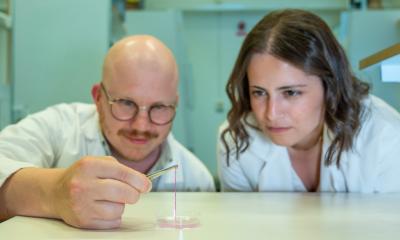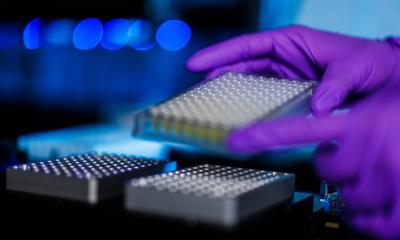Article • Skin protection
Self-improving DNA sun screen developed
We think the application might be potentially exploitable as a wound covering for extreme environments.
Guy German
“Ultraviolet light can actually damage DNA” said Guy German, assistant professor of biomedical engineering at Binghamton University. “We thought, let’s flip it. What happens instead if we actually used DNA as a sacrificial layer? So instead of damaging DNA within the skin, we damage a layer on top of the skin.” German and a team of researchers developed thin and optically transparent crystalline DNA films and irradiated them with UV light. They found that the more they exposed the film to UV light, the better the film got at absorbing it. As an added bonus, the DNA coatings are also hygroscopic, meaning that skin coated with the DNA films can store and hold water much more than uncoated skin. When applied to human skin, they are capable of slowing water evaporation and keeping the tissue hydrated for extended periods of time.
Useful for wound coverage
German intends to see next if these materials might be good as a wound covering for hostile environments where 1) you want to be able to see the wound healing without removing the dressing, 2) you want to protect the wound from the sun and 3) you want to keep the wound in a moist environment, known to promote faster wound healing rates.
“Not only do we think this might have applications for sunscreen and moisturizers directly, but if it’s optically transparent and prevents tissue damage from the sun and it’s good at keeping the skin hydrated, we think this might be potentially exploitable as a wound covering for extreme environments,” he said.
Source: Binghamton University, State University of New York
29.07.2017










